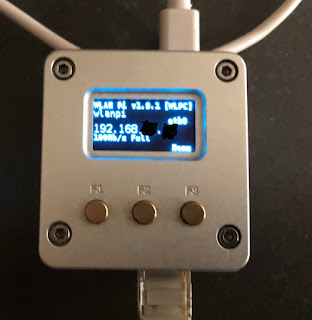Bad Security Stories, Volume I: The Big 12 Still Has No Idea If Their Football Coach-to-Player Communications Were Actually Compromised
Your humble author is starting a new Sniff Wi-Fi blog series today: Bad Security Stories Yours truly may not be the second coming of Bruce Schneier -- though from what I've read of Schneier's I like his vibe -- but all these years of sniffing (and working in Wi-Fi in general) have led to me picking up a fundamental understanding of communications and data security. So let's blog about it! A college football cheating scandal -- or at least, the potential for one -- was recently uncovered and resolved in a matter of three days . To steal a quote from a memorable-but-not-to-be-described-in-polite-company scene in the film Tommy Boy... hmm, that's a mystery. A quick primer: Throughout last year's college football season, there were several accusations of 'sign-stealing'. Sign-stealing involves comparing the hand signals, posters and other 'signs' used by football coaches to signal to their players what formation and/or orchestrated 'play' to ru...

